
9432_cons_en
.pdf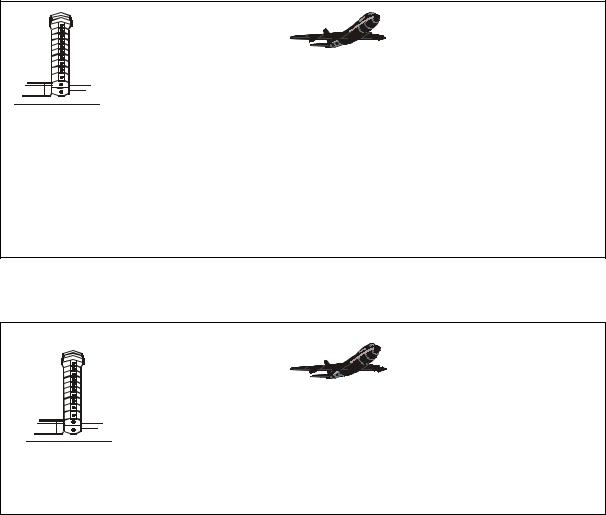
Chapter 4. Aerodrome control: aircraft |
4-13 |
|
|
4.7FINAL APPROACH AND LANDING
4.7.1A “FINAL” report is made when an aircraft turns onto final within 7 km (4 NM) from touchdown. If and when the turn onto final is made at a greater distance, a “LONG FINAL” report is made. If the aircraft is making a straight-in approach, a “LONG FINAL” report is made at about 15 km (8 NM) from touchdown. If no landing clearance is received at that time, a “FINAL” report is made at 7 km (4 NM) from touchdown.
FASTAIR 345 LONG FINAL
FASTAIR 345 CONTINUE APPROACH
WIND 260 DEGREES 18 KNOTS
FASTAIR 345
FASTAIR 345 FINAL
FASTAIR 345 RUNWAY 27 CLEARED TO LAND
WIND 270 DEGREES 20 KNOTS
RUNWAY 27 CLEARED TO LAND FASTAIR 345
4.7.2 A pilot may request to fly past the control tower or other observation point for the purpose of visual inspection from the ground.
FASTAIR 345 REQUEST LOW
PASS UNSAFE LEFT GEAR
INDICATION
FASTAIR 345 CLEARED LOW PASS RUNWAY 27 NOT BELOW 500 FEET REPORT FINAL
RUNWAY 27
NOT BELOW 500 FEET WILCO FASTAIR 345
4.7.3 If the low pass is made for the purpose of observing the undercarriage, one of the following replies could be used to describe its condition (these examples are not exhaustive):
a)LANDING GEAR APPEARS DOWN;
b)RIGHT (or LEFT, or NOSE) WHEEL APPEARS UP (or DOWN);
c)WHEELS APPEAR UP;
d)RIGHT (or LEFT, or NOSE) WHEEL DOES NOT APPEAR UP (or DOWN).
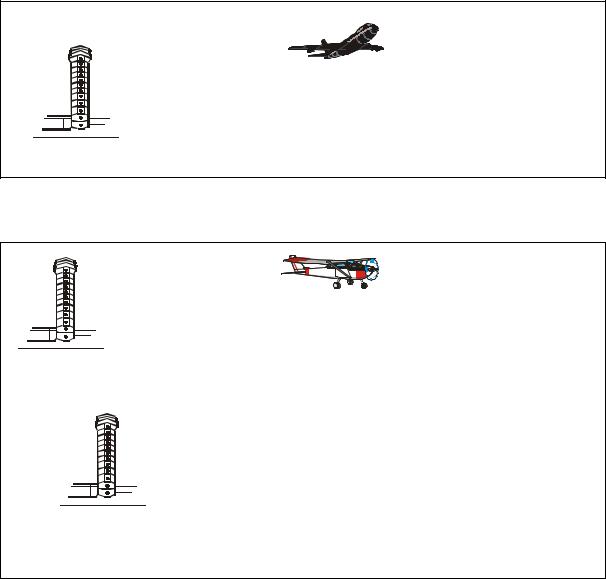
4-14 |
Manual of Radiotelephony |
|
|
4.7.4 For training purposes, a pilot may request permission to make an approach along, or parallel to the runway, without landing.
FASTAIR 345 REQUEST LOW
APPROACH RUNWAY 09 FOR
TRAINING
FASTAIR 345 CLEARED LOW
APPROACH RUNWAY 09 NOT
BELOW 250 FEET REPORT FINAL
RUNWAY 09 NOT BELOW 250 FEET WILCO FASTAIR 345
4.7.5 In order to save taxiing time when training in the traffic circuit, pilots may request to carry out a “TOUCH AND GO”, i.e. the aircraft lands, continues rolling and takes off, without stopping.
G-CD REQUEST TOUCH AND GO
G-CD CLEARED TOUCH AND GO
CLEARED TOUCH AND GO G-CD
or
G-CD UNABLE TO APPROVE DUE TRAFFIC
CONGESTION MAKE FULL STOP
RUNWAY 09 CLEARED TO LAND
RUNWAY 09 CLEARED TO LAND FOR FULL STOP G-CD
or
G-CD MAKE ANOTHER CIRCUIT REPORT DOWNWIND
WILCO G-CD
4.8GO AROUND
4.8.1Instructions to carry out a missed approach may be given to avert an unsafe situation. When a missed approach is initiated, cockpit workload is inevitably high. Any transmissions to aircraft going around should be brief and kept to a minimum.
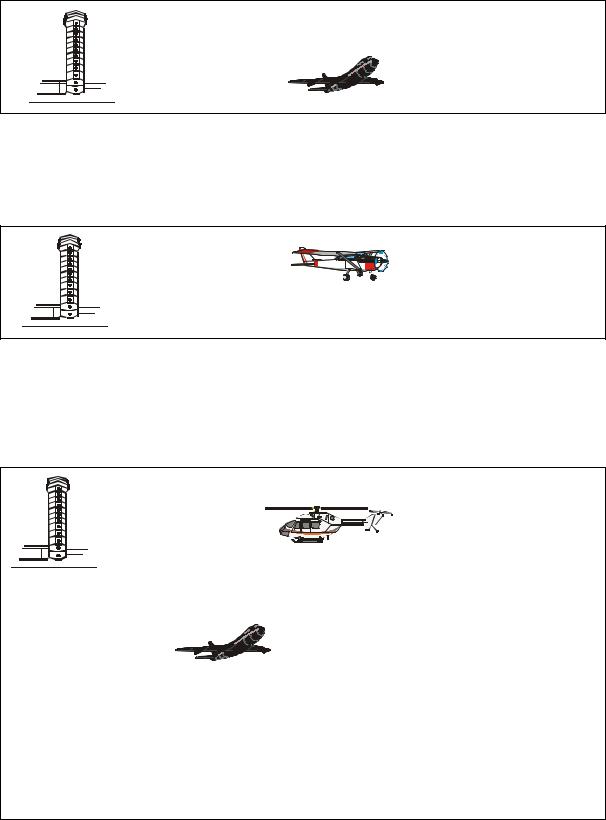
Chapter 4. Aerodrome control: aircraft |
4-15 |
|
|
FASTAIR 345 GO AROUND
AIRCRAFT ON THE RUNWAY
GOING AROUND FASTAIR 345
4.8.2Unless instructions are issued to the contrary, an aircraft on an instrument approach will carry out the missed approach procedure and an aircraft operating VFR will continue in the normal traffic circuit.
4.8.3In the event that the missed approach is initiated by the pilot, the phrase “GOING AROUND” shall
be used.
GOING AROUND G-CD
G-CD ROGER REPORT DOWNWIND
4.9AFTER LANDING
Unless absolutely necessary, controllers should not give taxi instructions to pilots until the landing roll is completed. Unless otherwise advised, pilots should remain on tower frequency until the runway is vacated.
G-HELI AIR-TAXI TO HELICOPTER STAND
AIR-TAXI TO HELICOPTER STAND, G-HELI
– – – – – – – – –
FASTAIR 345 TAKE FIRST RIGHT WHEN VACATED
CONTACT GROUND 118.350
FIRST RIGHT, WILCO 118.350 FASTAIR 345
– – – – – – – – –
GEORGETOWN GROUND FASTAIR 345
RUNWAY VACATED
FASTAIR 345 TAXI TO STAND 27 VIA
TAXIWAY ALPHA
STAND 27 VIA TAXIWAY ALPHA FASTAIR 345
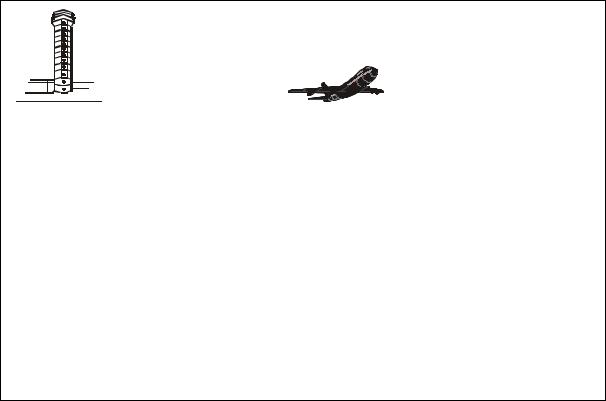
4-16 |
Manual of Radiotelephony |
|
|
4.10ESSENTIAL AERODROME INFORMATION
Essential aerodrome information is information regarding the movement area and its associated facilities which is necessary to ensure the safe operation of aircraft. Aerodrome information should be passed to aircraft whenever possible prior to start-up or taxi and prior to the commencement of final approach, except when it is known that the aircraft has received all or part of the information from other sources. It includes information regarding the following:
a)construction or maintenance work on, or immediately adjacent to the movement area;
b)rough or broken surfaces on a runway, a taxiway or an apron, whether marked or not;
c)snow, slush or ice on a runway, a taxiway or an apron;
d)water on a runway, a taxiway or an apron;
e)snow banks or drifts adjacent to a runway, a taxiway or an apron;
f)other temporary hazards, including parked aircraft and birds on the ground or in the air;
g)failure or irregular operation of part or all of the aerodrome lighting systems; and
h)any other pertinent information.
FASTAIR 345 CAUTION
CONSTRUCTION WORK
ADJACENT TO GATE 37
ROGER, FASTAIR 345
. . . WORK IN PROGRESS AHEAD NORTH SIDE OF TAXIWAY ALPHA
. . . CENTRE LINE TAXIWAY LIGHTING UNSERVICEABLE
. . . VASIS RUNWAY 27 UNSERVICEABLE
. . . LARGE FLOCK OF BIRDS NORTH OF RUNWAY 27 NEAR CENTRAL TAXIWAY
. . . ILS 09 UNSERVICEABLE
. . . RUNWAY CONDITIONS 09: AVAILABLE WIDTH 32 METRES, COVERED WITH THIN PATCHES OF ICE, BRAKING ACTION POOR SNOW UP TO 30 CM ALONG EDGES
___________________

Chapter 5
AERODROME CONTROL: VEHICLES
5.1INTRODUCTION
5.1.1The expeditious movement of vehicles plays an essential supporting role in the operation of an aerodrome. Wherever possible the areas in which vehicles and aircraft operate are segregated. There are, however, many occasions when vehicles need to move on the manoeuvring area for maintenance purposes or in direct support of aircraft operations.
5.1.2Procedures governing the movement of vehicles vary widely from aerodrome to aerodrome, but certain factors to be taken into account when driving on an aerodrome are common to all:
a)aircraft are not as manoeuvrable as ground vehicles;
b)the visibility from an aircraft cockpit for ground movement purposes is often restricted compared to that from a ground vehicle.
Therefore, when vehicles are operating in close proximity to aircraft, drivers should be extremely vigilant and comply in full with local procedures and ATC instructions.
5.1.3 Correct RTF operating techniques must be observed by all users. It is important that a continuous listening watch is maintained by all drivers on the movement area, not only in case of further instructions from the control tower, but also so that drivers can be aware of the movements, and intended movements, of other traffic, thereby reducing the risk of conflict.
5.2MOVEMENT INSTRUCTIONS
5.2.1Drivers on first-call should identify themselves by their vehicle call sign, state their position and intended destination and, when possible, the required route.
GROUND WORKER 21 GATE 27
REQUEST PROCEED TO WORK IN
PROGRESS TAXIWAY HOTEL
WORKER 21 PROCEED TO
TAXIWAY HOTEL VIA KILO
AND ALPHA
PROCEEDING TO TAXIWAY HOTEL VIA
KILO AND ALPHA, WORKER 21
5-1
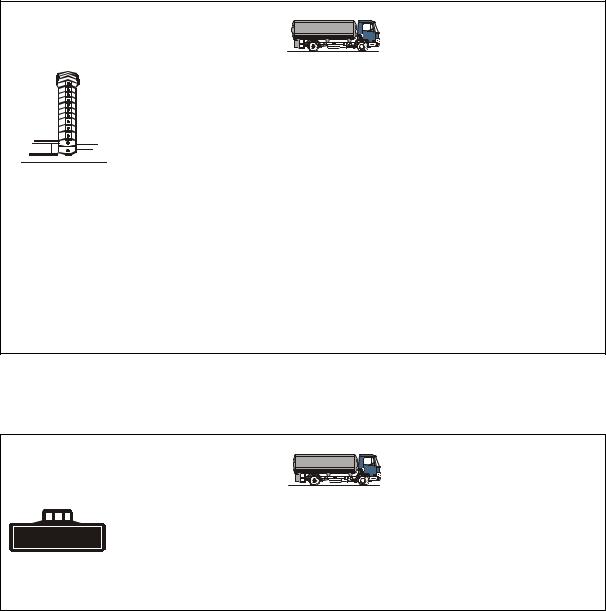
5-2 |
Manual of Radiotelephony |
|
|
5.2.2The controller, if too busy to give instructions, will reply “stand by”. This means that the driver should wait until the controller calls back. The driver shall not proceed until permission is given.
5.2.3When there is conflicting traffic, the controller may reply “HOLD POSITION”. This means that the driver shall not proceed until the controller calls back with permission. All other replies should contain a clearly defined point to which the driver may proceed; this may or may not be the intended destination. If it is not the intended destination drivers must stop at this point and request permission before proceeding further.
GROUND TRUCKER 5 EXIT KILO
REQUEST PROCEED TO
HANGAR 3
TRUCKER 5 PROCEED VIA KILO,
ALPHA AND FOXTROT, CROSS
RUNWAY 09. HOLD SHORT OF
RUNWAY 14
VIA KILO ALPHA FOXTROT CROSSING RUNWAY 09
HOLDING SHORT OF RUNWAY 14 TRUCKER 5
TRUCKER 5 CROSS RUNWAY 14 CONTINUE TO
HANGAR 3
TRUCKER 5 CROSSING
TRUCKER 5 RUNWAY 14 VACATED
TRUCKER 5 ROGER
5.2.4 Permission to proceed on the apron may include such instructions regarding other traffic as are necessary to ensure safe operations.
APRON TRUCKER 5 GATE 21
REQUEST PROCEED TO GATE 26
TRUCKER 5 GIVE WAY TO
FASTAIR B737 ON YOUR RIGHT
THEN PROCEED TO GATE 26,
CAUTION JET BLAST
GIVING WAY TO B737, ROGER TRUCKER 5
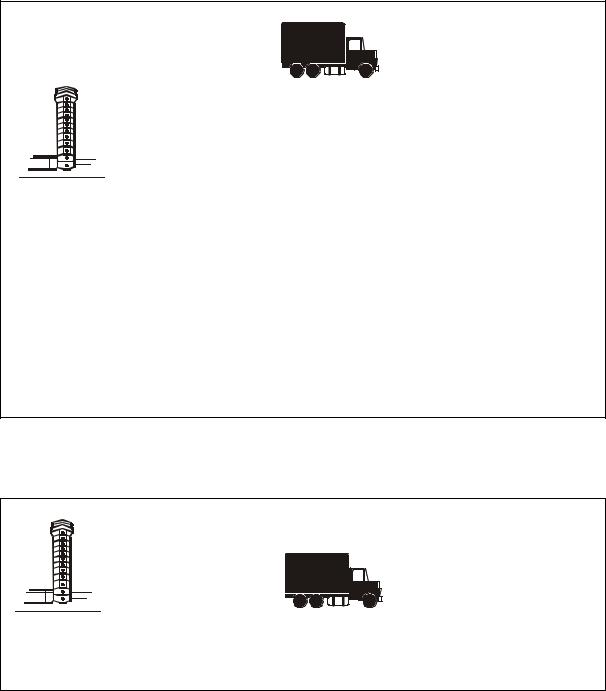
Chapter 5. Aerodrome control: vehicles |
5-3 |
|
|
5.3CROSSING RUNWAYS
5.3.1Drivers should carefully note the position to which they may proceed, particularly where the intended route involves crossing a runway. Some aerodromes may have procedures that will allow vehicles to proceed to a holding point and then request runway crossing instructions. Under no circumstances shall a driver cross a runway unless positive permission has been given and acknowledged. A runway vacated report shall not be made until the vehicle (and tow) is clear of the designated runway area, beyond the holding point.
GROUND WORKER 21 BY THE
CONTROL TOWER REQUEST
PROCEED TO MAINTENANCE
BASE
WORKER 21 PROCEED VIA INDIA
AND BRAVO. HOLD SHORT OF
RUNWAY 27
VIA INDIA AND BRAVO
HOLDING SHORT OF RUNWAY 27 WORKER 21
WORKER 21 HOLDING SHORT RUNWAY 27
WORKER 21 STAND BY
WORKER 21 CROSS RUNWAY 27 TO TAXIWAY
MIKE REPORT RUNWAY VACATED
WORKER 21 CROSSING RUNWAY 27
WORKER 21 RUNWAY VACATED
WORKER 21 CONTINUE ON MIKE TO MAINTENANCE
5.3.2 If a vehicle is operating on the runway, it shall be instructed to leave the runway when it is expected that an aircraft will be landing or taking off.
WORKER 21 VACATE RUNWAY 27
TAKE NEXT RIGHT, REPORT
VACATED
VACATING RUNWAY 27 VIA NEXT RIGHT,
WORKER 21
WORKER 21 RUNWAY VACATED
WORKER 21 ROGER
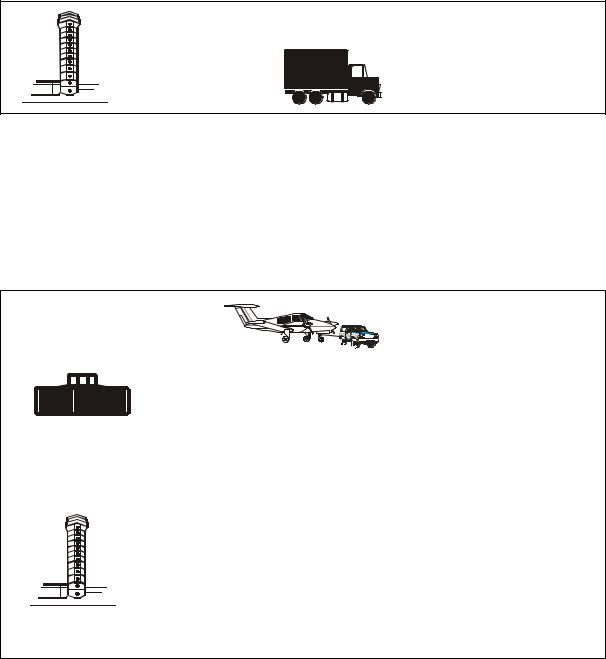
5-4 |
Manual of Radiotelephony |
|
|
5.3.3 When a vehicle is moving on the movement area it may be necessary to inform the vehicle of a potentially dangerous situation and to instruct it to stop.
WORKER 21 STOP IMMEDIATELY
STOPPING, WORKER 21
5.4VEHICLES TOWING AIRCRAFT
Drivers of vehicles required to tow aircraft should not assume that the receiving station is aware that an aircraft is to be towed. The performance and manoeuvrability of ground vehicles is obviously considerably reduced when towing aircraft and this is taken into account when instructions to such vehicles are issued. Therefore, in order to avoid any confusion, and as an aid to identification, drivers should state the type, and where applicable the operator, of the aircraft to be towed.
APRON TUG 9 REQUEST TOW
FASTAIR B737 FROM GATE 20
TO GATE 25
TUG 9, TOW APPROVED
FROM GATE 20 TO GATE 25
VIA TAXIWAY WEST
– – – – – – – – –
GROUND TUG 9 REQUEST TOW FASTAIR B737
FROM MAINTENANCE HANGAR 3 TO GATE 25
TUG 9 TOW APPROVED FROM
MAINTENANCE HANGAR 3
TO GATE 25, PROCEED
VIA FOXTROT, HOLD SHORT
OF RUNWAY 32
TOW APPROVED VIA FOXTROT HOLDING SHORT OF
RUNWAY 32 TUG 9
___________________
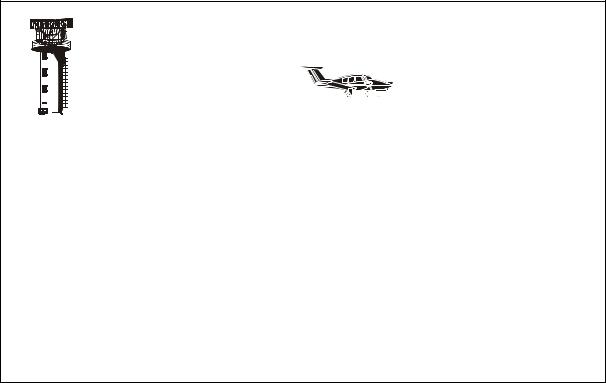
Chapter 6
GENERAL ATS SURVEILLANCE
SERVICE PHRASEOLOGY
6.1INTRODUCTION
6.1.1This chapter contains general ATS surveillance service phraseology which is commonly used in communications between aircraft and all types of radar units. Phraseology which is more applicable to approach radar control or area radar control is to be found in Chapters 7 and 8, as appropriate.
6.1.2In a radar environment heading, information given by the pilot and heading instructions given by controllers are in degrees magnetic.
6.2IDENTIFICATION AND VECTORING
6.2.1 Vectors may be given to establish the identification of an aircraft. Other means of ATS surveillance service identification are the use of position report information, requesting the aircraft to make turns, the use of bearing and distance information from a prominent object or radio aid, transfer of control and the use of SSR.
G-AB REPORT HEADING
AND LEVEL
G-AB HEADING 110 AT 2 500 FEET
G-AB FOR IDENTIFICATION TURN LEFT
HEADING 080
LEFT HEADING 080 G-AB
G-AB IDENTIFIED 20 MILES NORTH WEST
OF KENNINGTON CONTINUE PRESENT
HEADING
ROGER, CONTINUING PRESENT HEADING, G-AB
or
G-AB NOT IDENTIFIED. NOT YET WITHIN RADAR
COVER. RESUME OWN NAVIGATION TO MARLO
ROGER, RESUMING OWN NAVIGATION TO MARLO G-AB
6-1
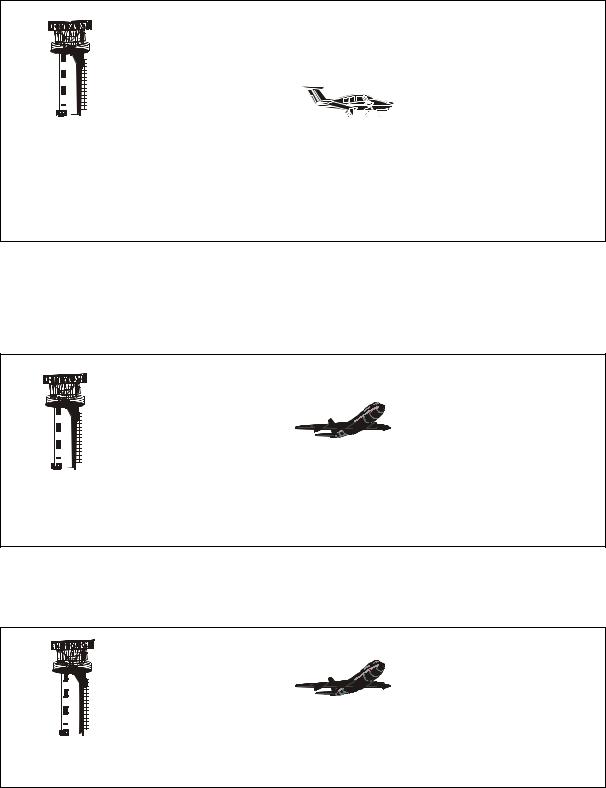
6-2 |
Manual of Radiotelephony |
|
|
6.2.2 The pilot should be advised if identification is lost, or about to be lost, and appropriate instructions given.
G-AB IDENTIFICATION
LOST DUE RADAR FAILURE.
CONTACT ALEXANDER CONTROL
ON 128.750
ROGER, 128.750 G-AB
– – – – – – – – –
G-AB WILL SHORTLY LOSE IDENTIFICATION
TEMPORARILY DUE FADE AREA.
REMAIN THIS FREQUENCY
WILCO G-AB
6.3VECTORING
6.3.1Aircraft may be given specific vectors to fly in order to establish separation. Unless it is self-evident, pilots should be informed of the reasons why vectors are necessary.
FASTAIR 345 TURN LEFT
HEADING 050 FOR SEPARATION
HEADING LEFT 050 FASTAIR 345
– – – – – – – – –
FASTAIR 345 FLY HEADING 050
HEADING 050 FASTAIR 345
6.3.2 It may be necessary, for ATC purposes, to know the heading of an aircraft as lateral separation can often be established by instructing an aircraft to continue on its existing heading. Conflicting traffic can then be separated laterally.
FASTAIR 345 REPORT HEADING
FASTAIR 345 HEADING 050
FASTAIR 345 ROGER CONTINUE
HEADING 050
WILCO, FASTAIR 345
